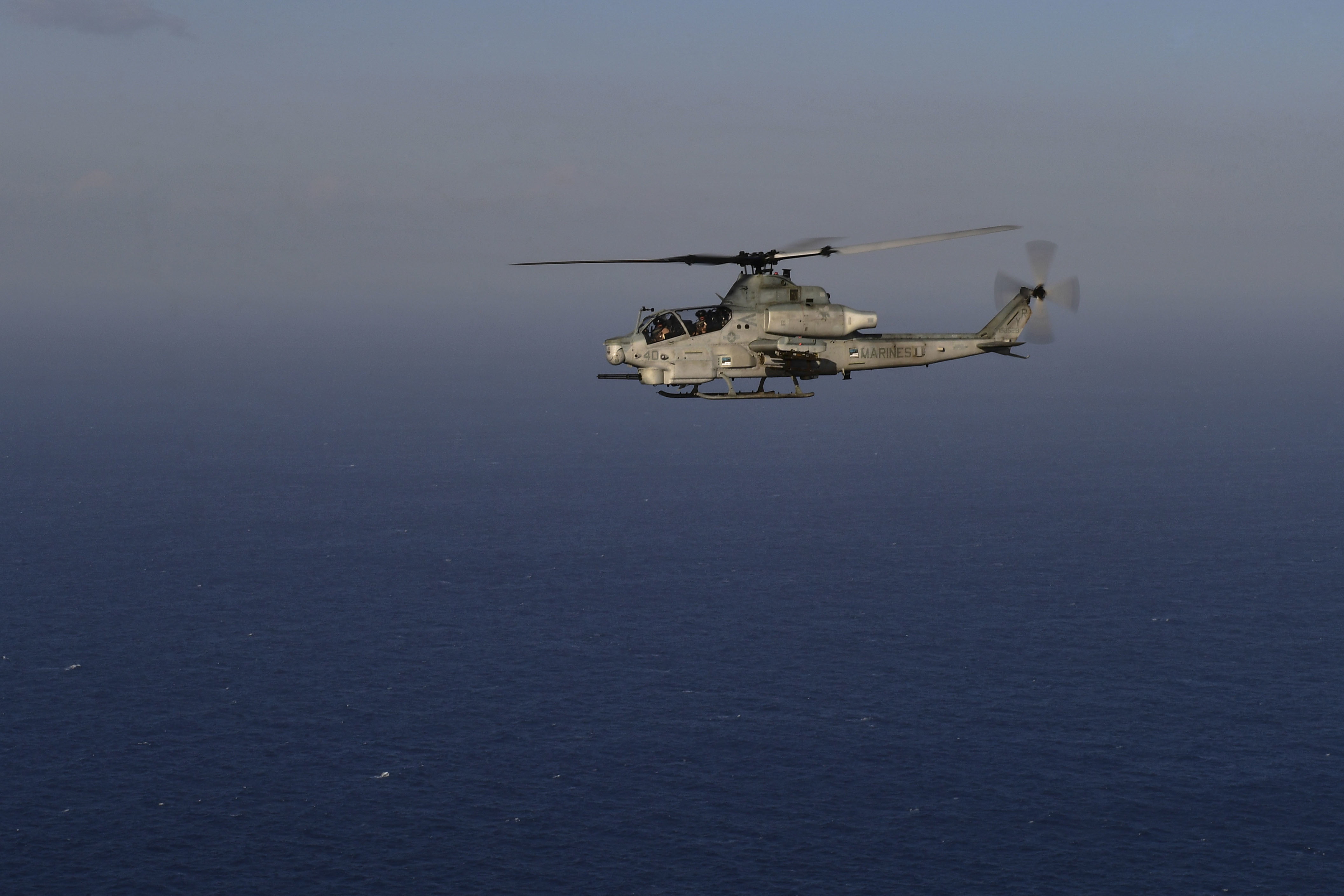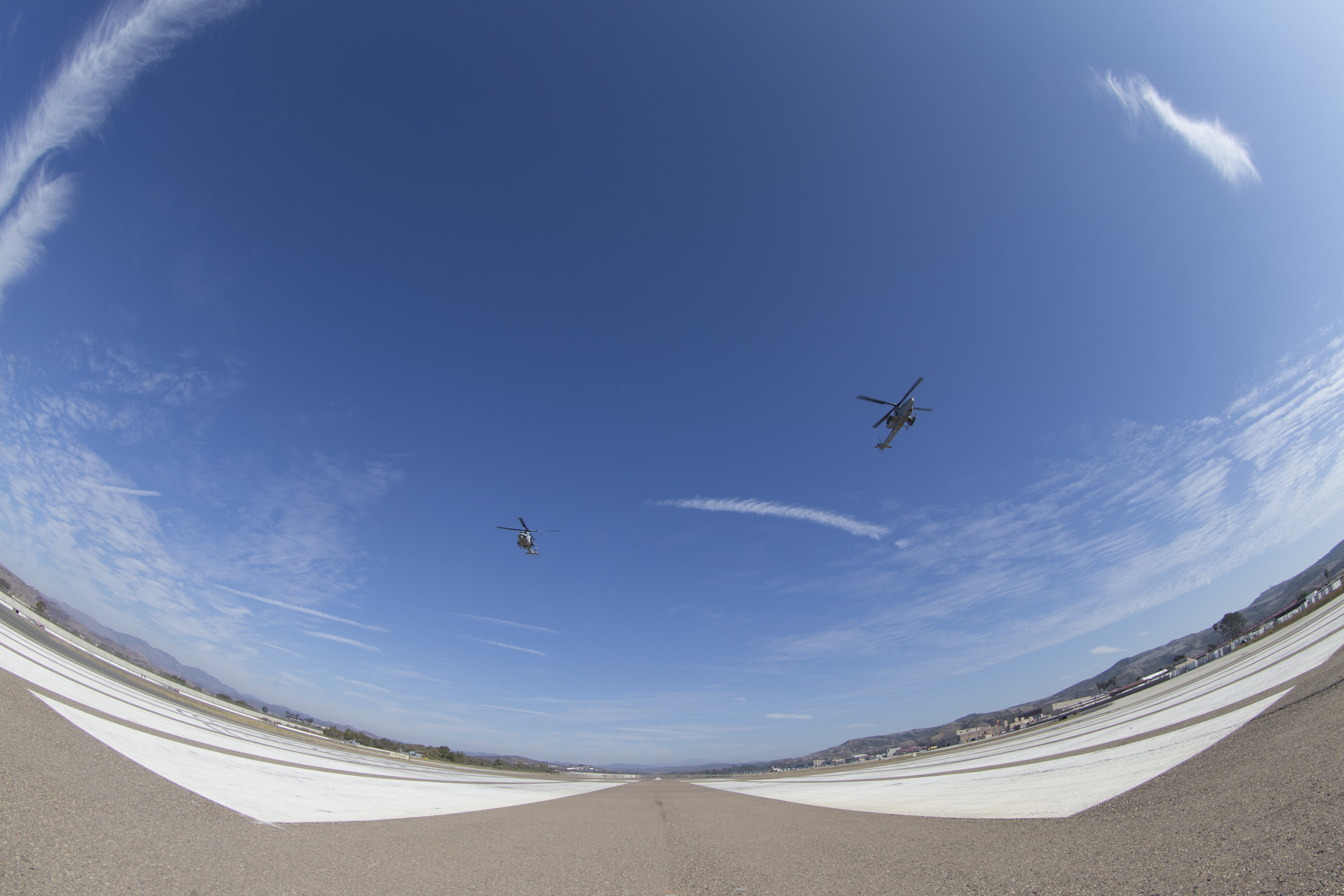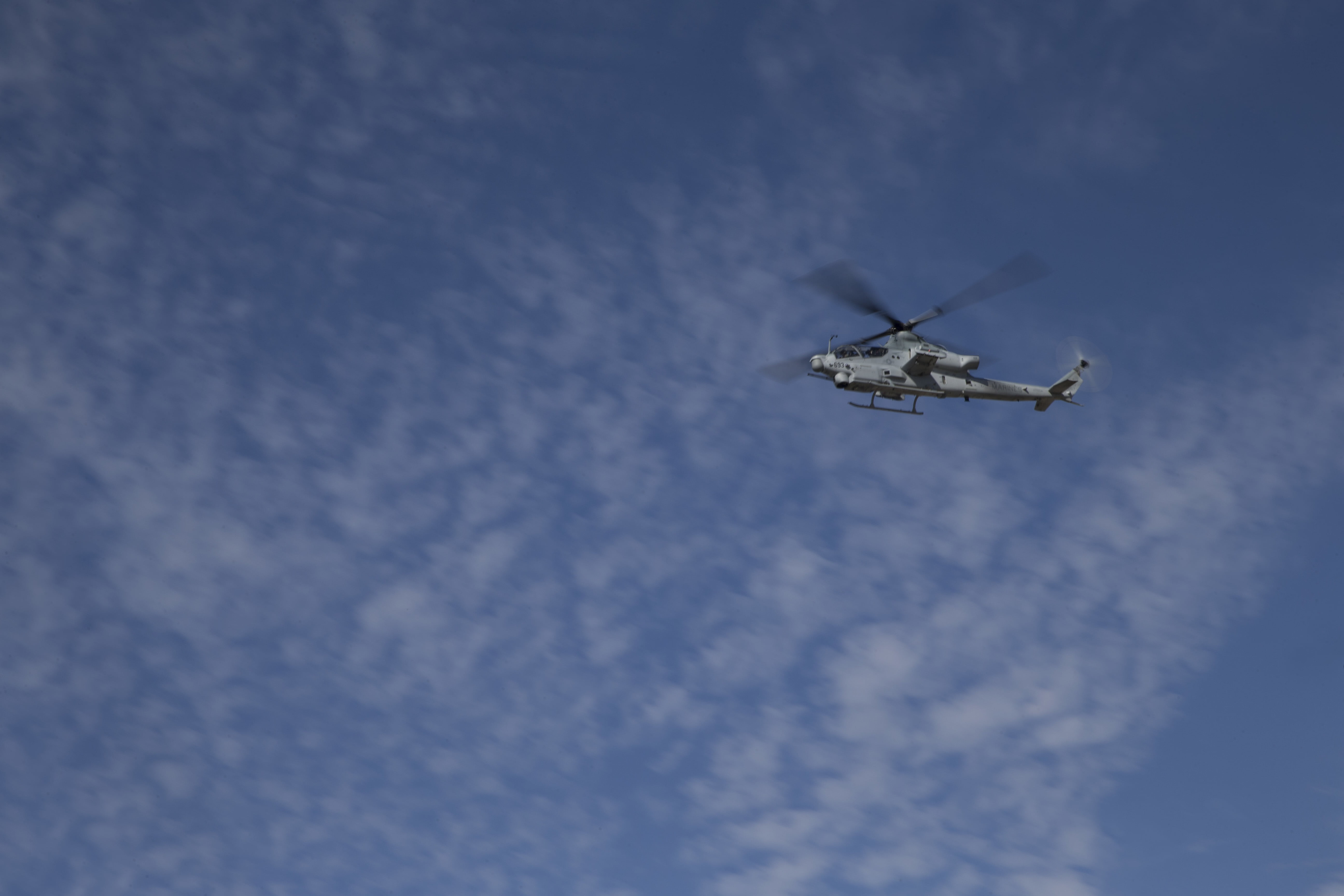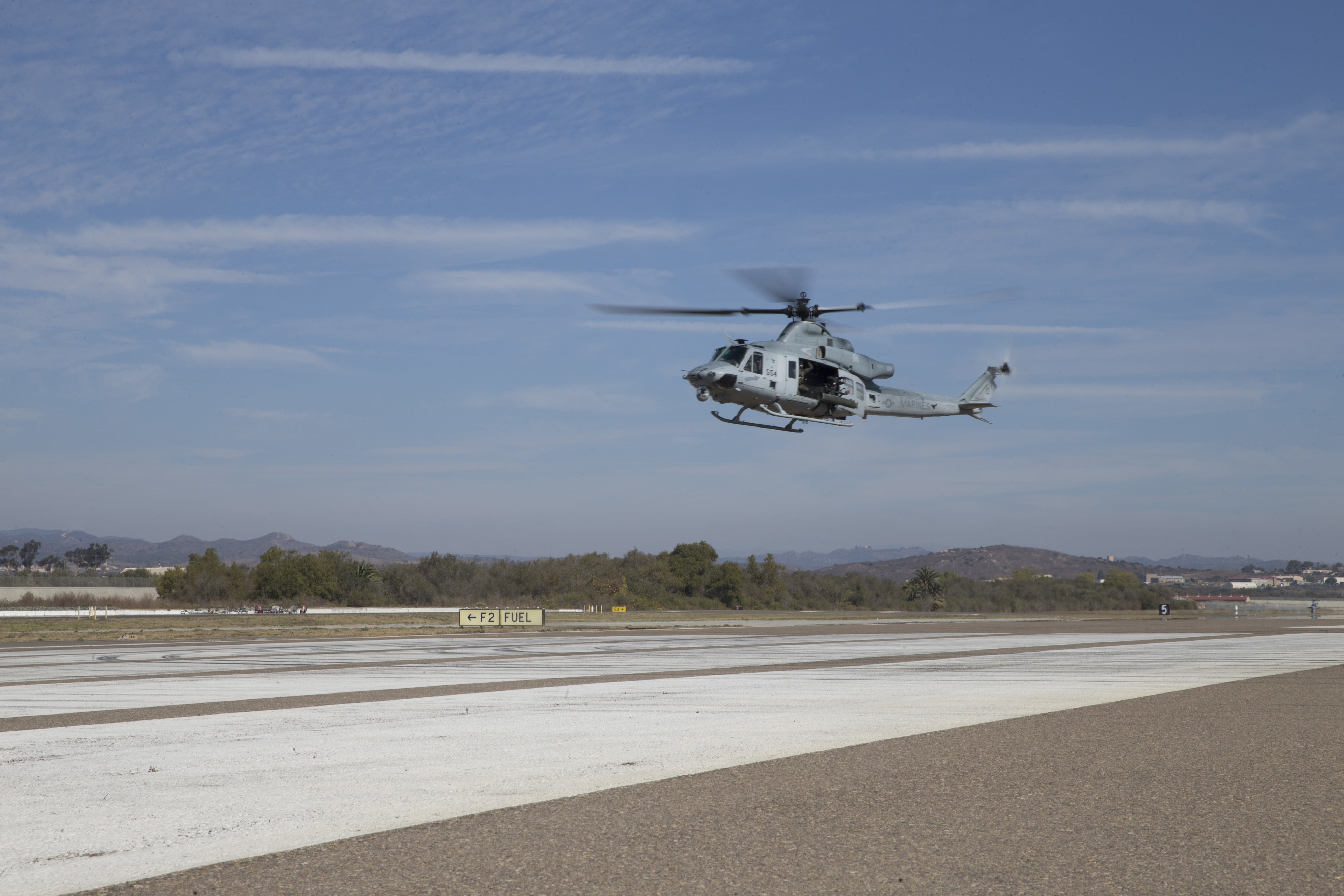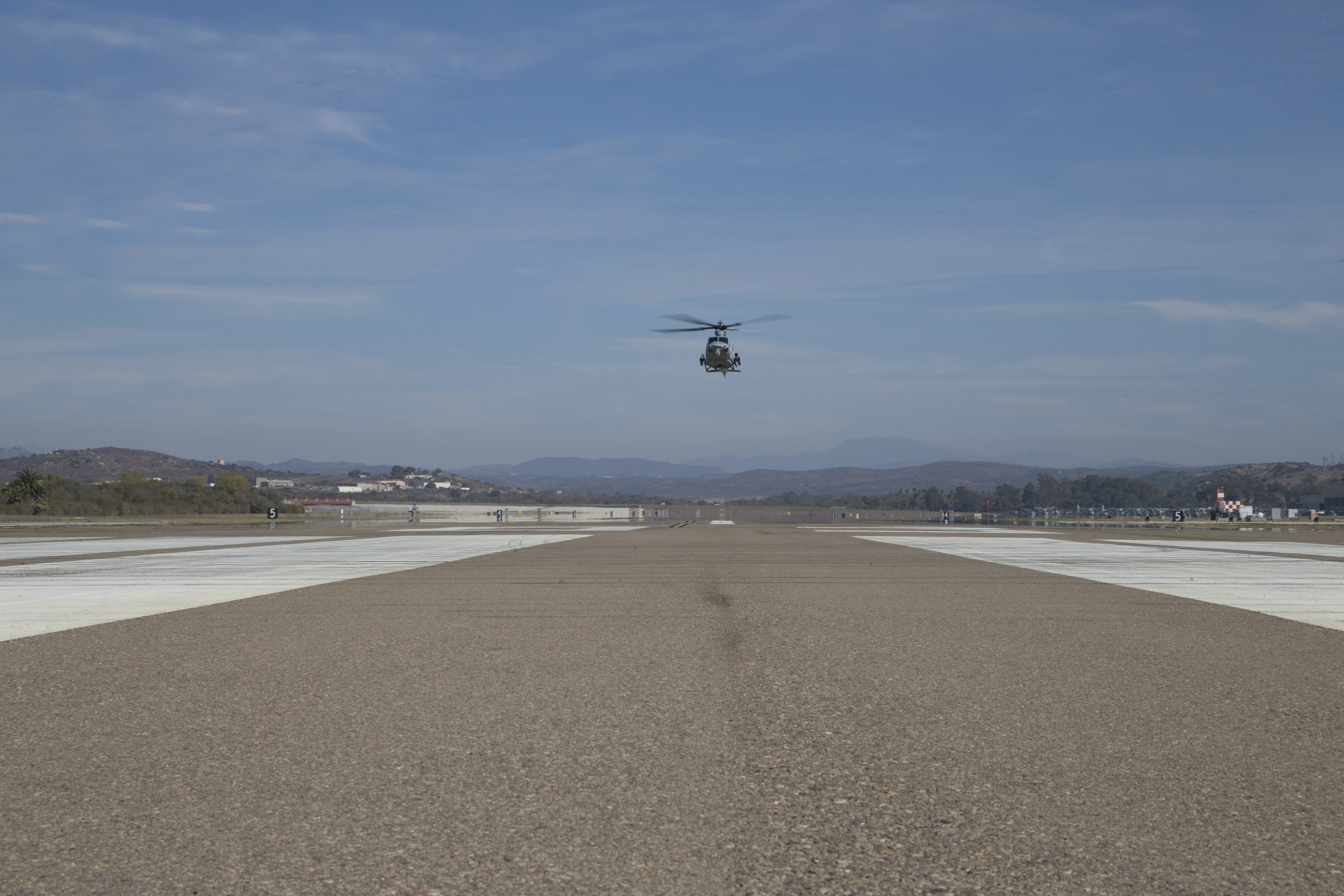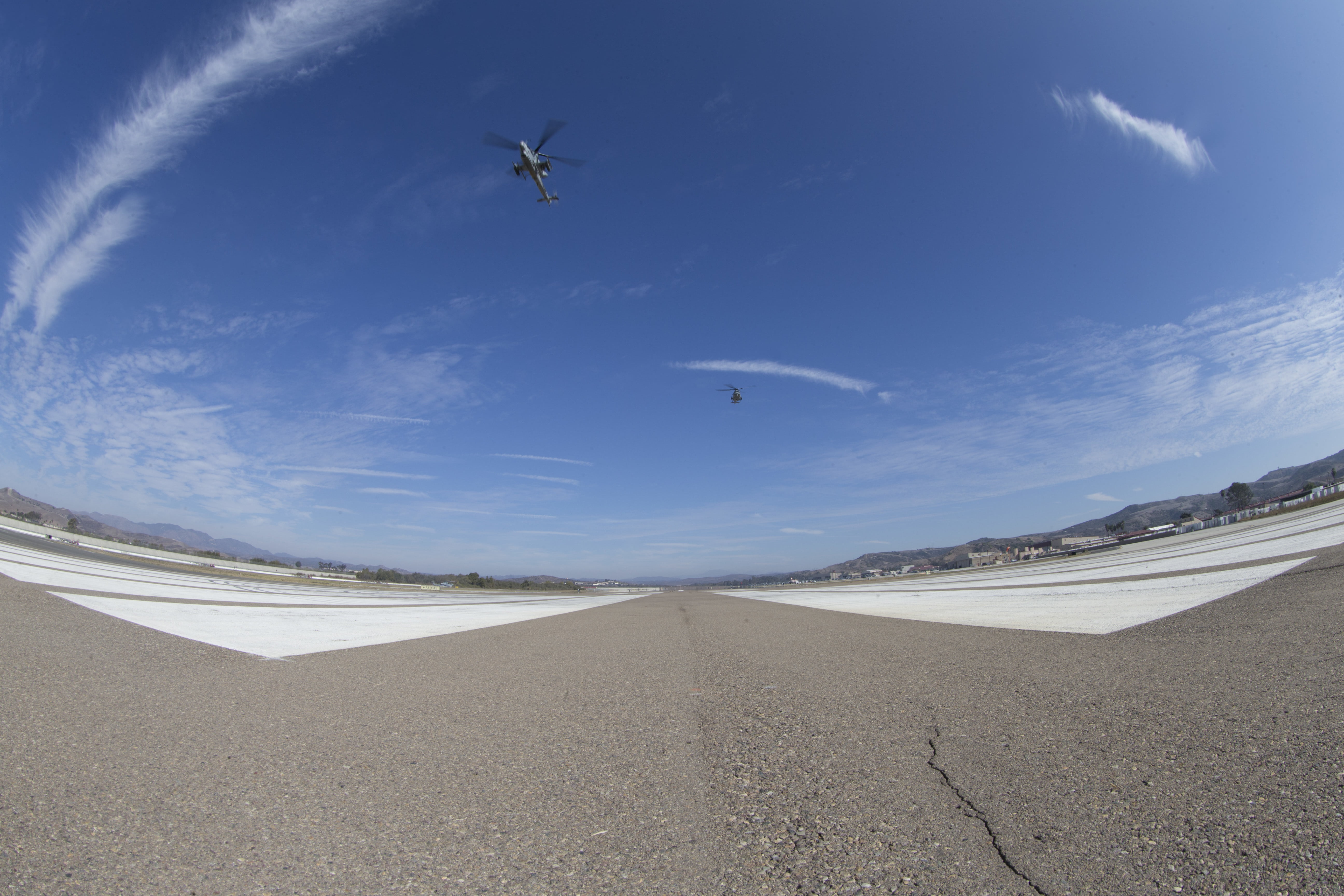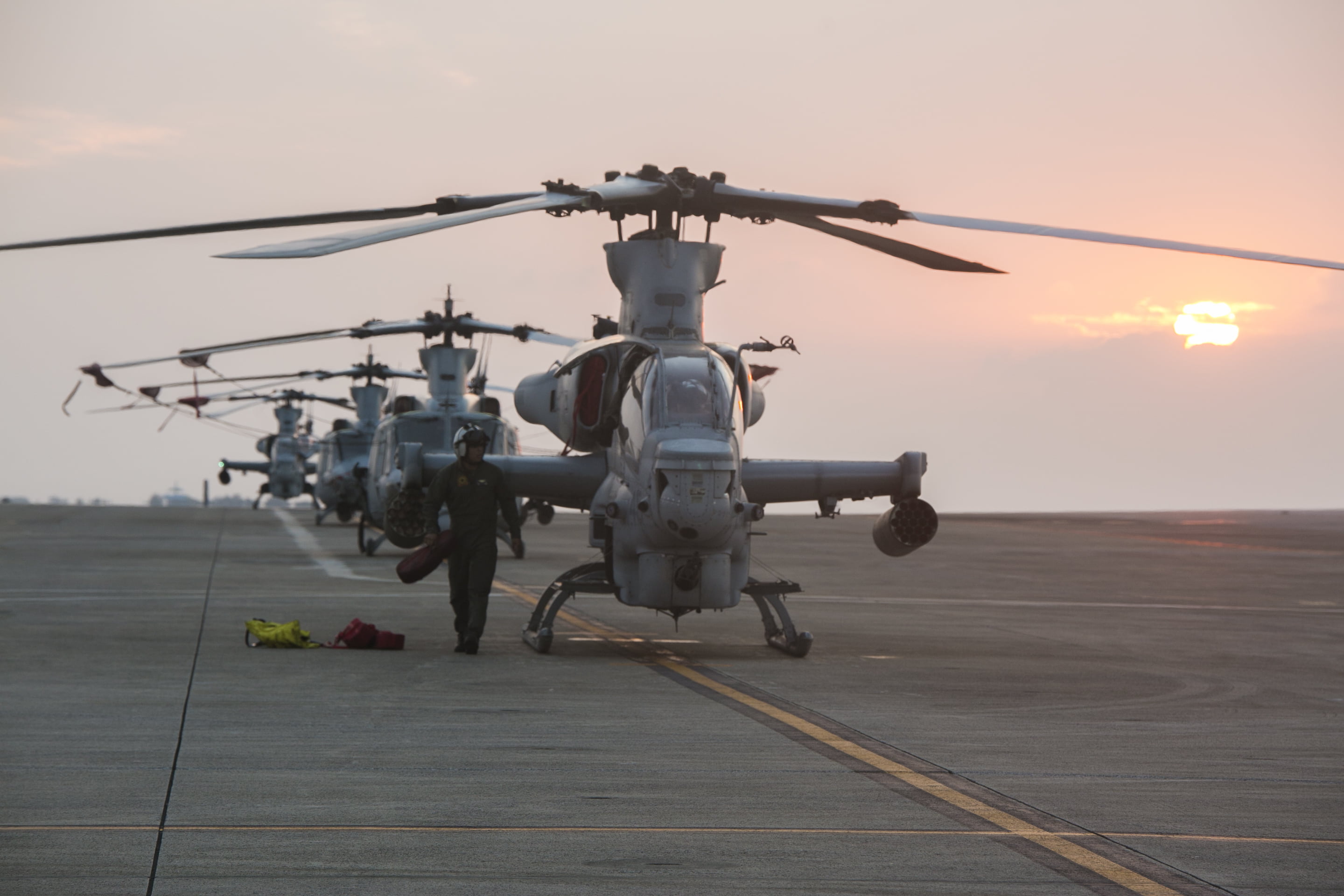By Robbin Laird
With the return to the sea on which the USMC has been working with the US Navy over the past few years, the role of “amphibiosity” has been in evolution as well.
The Bold Alligator Exercises started in 2011 and re-focused on the importance of the return to the sea,.
The Second Line of Defense team attended Bold Alligator exercises and we have written several articles about those exercises.
In effect, the evolution was crafted around the coming of the Osprey and under the influence of the coming of the F-35.
Put in blunt terms, it was about the Marines moving from a significant focus on the land wars to a “return to the sea.” It is one in which the force would change from a primary role of providing a greyhound bus to insert force to an engagement force able to operate from sea.
It has involved shaping and understanding what an air-mobile force could do when able to operate at greater reach into littoral regions with a rapid insertion force.
And one empowered by the Ospreys coupled with fifth generation capability.
Under the twin influence of these two assets, the new LHA Class the USS America was introduced and with it, significantly different capabilities for the amphibious force itself.
As the US Navy reworks how it is operating as a distributed maritime force, which is being reshaped around the capability to operate a kill web force, the question of how best to leverage and evolve the amphibious force is a key part of that transition itself.
This is a work in progress, and one in which a determination of various paths to the future are in evolution and will be subject to debate as well.
Part of that evolution are changes in other elements of the amphibious task force which can over time play roles different from how various “legacy” platforms can be reworked to provide for new or expanded capabilities for the US Navy overall.
A case in point is how the Viper attack aircraft can evolve its roles AT SEA with the addition of key elements being generated by the digital interoperability effort, as well as adding a new weapons capability to the Viper, namely, the replacement for the Hellfire missile by the JAGM.
What this means is that the Viper can be a key part of the defense of the fleet while embarked on a variety of ships operating either independently, or as part of an amphibious task force.
Because the Viper can land on and operate from of a wide range of ships, thus enabling operational and logistical flexibility, and with integration of Link 16 and full motion wave forms as part of digital interoperability improvements, the Viper can become a key member of the kill web force at sea.
In discussions with Major Thomas Duff and Mr. Michael Manifor, HQMC Aviation, APW-53, Attack and Utility Helicopter Coordinators, I learned of the evolving mission sets which Viper was capable of performing with the digital interoperability upgrades.
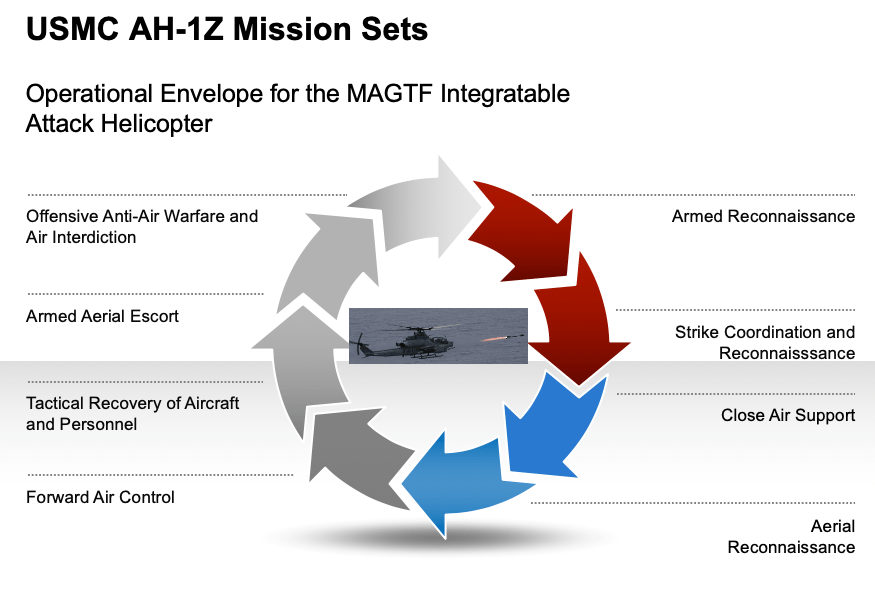
“With the upgrades coming soon via the digital interoperability initiative, the Viper through its Link 16 upgrade along with its Full-Motion video access upgrade, can have access to a much wider situational awareness capability which obviously enhances both its organic targeting capability and its ability to work with a larger swath of integrated combat space.
“This means that the Viper can broaden its ability to support other air platforms for an air-to-air mission set, or the ground combat commander, or in the maritime space….
“Because it is fully marinized, it can land and refuel with virtually any ship operating in the fleet, which means it can contribute to sea control, which in my view, is a mission which the amphibious task force will engage in with the expanded reach of adversarial navies.”
Recently, I had a chance to discuss with Major “IKE” White the AH-1Z Division Head at MAWTS-1, the evolution of Viper enabled by upgrades for fleet operations as well as its well-established role in supporting the ground maneuver force.
In that conversation, there were a number of takeaways which highlighted potential ways ahead.
The first takeaway is that the Marine Corps’ utility and attack helicopters have been part of integrated operations and escort tasks throughout the land wars and can bring that experience to bear in the return to the sea.
The Viper and the Venom have provided airborne escorts for numerous Amphibious Ready Groups over the last decade, partnering with destroyers, MH-60 Sierra and MH-60 Romeo to protect amphibious warships as they transited contested waterways.
The second takeaway is the coming of the JAGM, which will provide a significant strike capability for the maritime force in providing for both sea control and sea denial.
This missile provides increased lethality through a dedicated maritime mode, enhanced moving target capability, and selectable fuzing; providing capability against both fast attack craft and small surface combatants. Millimeter wave (MMW) guidance increases survivability by providing a true fire-and-forget capability, removing the requirement for a terminal laser.
Coupled with the AIM-9 sidewinder, the Viper will be able to engage most threats to naval vessels. The Viper’s flexibility will provide even the most lightly defended vessels with a complete air and surface defense capability.
The third takeaway is that by working integration of the MH-60 Romeo helicopter with Viper, the fleet would gain a significant defense at sea capability.
Integration of the two helicopters within the amphibious task force would allow them to provide an integrated capability to screen and defend the flanks of the afloat force.
The MH-60 crews are optimized to integrate into the Navy’s command and control architecture, and with onboard sensors can help detect potential targets and direct Vipers to engage threats.
The integration of Link-16 will make this effort even more seemless.
My interviews with NAWDC have underscored how the Navy is working through the question of how the integratable air wing will change when the MQ-25 joins the fleet, and working ways for the Romeo to work with MQ-25 and Advanced Hawkeye will inform Romeo as part of its fleet defense function.
“The Romeo community is already looking at how having sensors onboard the MQ-25 can expand the reach and range of what the Romeo’s onboard sensors can accomplish for the maritime distributed force.
“It is also the case that as sensor demands currently made on the Romeo can be shifted elsewhere.
“The Romeo can refocus its task priorities and enhance its contributions to broader mission sets such as ASW and to focus on contributing capabilities that other platforms within the strike group are not prioritized to perform.”
Clearly, integrating Romeos which fly onboard the amphibious class ships with the Viper would provide a significant enhancement of the flank defense capabilities for the amphibious task force.
And working a Romeo/Viper package would affect as well the evolution of the Romeos that would fly off of the L class ships as well.
And all of this, frees up other surface elements to support other missions at sea, rather than having to focus on defending the amphibs as greyhound buses.
The fourth takeaway is that clearly this new role would have to be accepted and trained for, but I would argue, that in general, the US Navy needs to rethink how amphibious ships can operate in sea control and sea denial functions in any case.
I would argue as well that the enhanced efforts at digital interoperability within the USMC aviation force needs to be accompanied by upgrades of the elements of the amphibious task force with regard to C2/ISR capabilities as well.
We are seeing MISR or Maritime ISR officers placed within the Carrier Strike Groups but they could be proliferated more broadly within the fleet.
And in an interview which I did in 2015, with the Commander of Expeditionary Strike Group Two Rear Adm. Cindy Thebaud, and Capt. Michael M. McMillan then the Commander of Amphibious Squadron Eight ho had just returned from command of the Iwo Jima Amphibious Ready Group off of the waters of Yemen, the importance of C2 upgrades was highlighted.
In short, the evolution of the Viper with digital interoperability and with a new weapons package can clearly contribute to the evolution of the amphibious task force as it embraces sea control and sea denial missions and these missions will be crucial to supporting insertion forces moving to ashore expeditionary bases as well.


